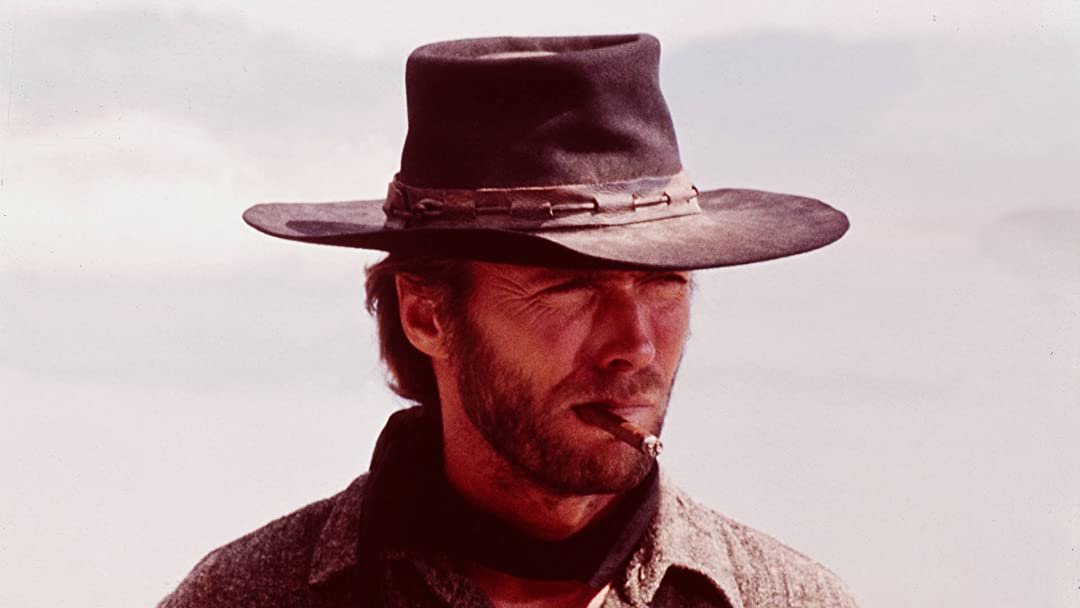High Plains Drifter (1973)
By Martin Davis
June 2017
Following on from the success of his directorial debut, the excellent psychological thriller ‘Play Misty for Me’ (1971), Clint Eastwood turned his attention to the genre that had established him as one of modern cinemas most bankable stars.
‘High Plains Drifter’ is a skilfully efficient western, quite unlike any before or since, with its themes of betrayal and vengeance and unsettling supernatural overtones.
Emerging from a shimmering desert landscape, a mysterious stranger on horseback (Clint Eastwood) rides into the small lakeside mining town of Lago. As he slowly proceeds through the dusty main street, the camera cuts back and forth from his steely gaze to the trepidation on the faces of the townsfolk. When the stranger is challenged by, and shoots dead, three local gunmen led by Bill Borders (Scott Walker) the towns initial mistrust of him turns to desperation.
They have learnt that Stacey Bridges (Geoffrey Lewis) and his cousins, the Carlin brothers, are to be released from prison that same day. Acting as troubleshooters for the mining company, but terrorising the town, Bridges and the Carlins have sworn to burn Lago to the ground in revenge for their convictions for stealing gold from the mining company office. Although unpopular, the townspeople had been relying on Borders and his men for protection. With them gone, Sherriff Sam Shaw (Walter Barnes) pleads with the stranger to help protect them. Running out of time and options, Shaw offers the stranger anything he wants from Lago in return for his help.
With a cruel relish, the Stranger appoints a dwarf, Mordecai (Billy Curtis) as both Sherriff and Mayor. Seeing a native American and his children being insulted and ejected from a store he orders the storekeeper to let the family take what they want, as he does himself. Booking himself into the towns hotel he demands all guests be evicted and takes up residency as its sole occupant. Training the townspeople in defence for the imminent attack, concerns are raised about his appointment as his demands become increasingly bizarre. The hotels barn is dismantled and used to build picnic tables laden with food and drink. A giant ‘WELCOME’ banner is hung up, every building in the town is painted blood red and the town sign of Lago is painted over in red paint with one word, 'HELL'.
In a series of flashbacks we see the towns previous lawman, Marshal Jim Duncan (Buddy Van Horn) being whipped to death by outsiders as the townspeople watch on. It is implied but never stated that the stranger is the spirit of Duncan returning to wreak vengeance. It is said that Duncan will never rest in peace because he lies in an unmarked grave outside of town.
With Bridges and his accomplices fast approaching town, the question is will the stranger deliver salvation or damnation? Eastwood's character, unlike his ‘Man with no Name’ antihero, is both hero and villain. Good and evil in equal parts.
The film has the inevitable influences of both Eastwood's work with Sergio Leone, making the ‘Dollars’ trilogy and his collaborations with Don Siegel. Add into this, Bruce Surtees cinematography capturing the ‘Spaghetti Western’ feel with its shots of wide open spaces and intense close ups and Dee Bartons evocative musical score reminiscent of Morricone,
‘High Plains Drifter’ is the ultimate anti-western. So much so, that upon seeing the film, John Wayne wrote Eastwood a furious letter claiming he had violated ‘the Spirit of the West’.
Three years later Eastwood would go on to direct and star in what many consider to be his finest western ‘The Outlaw Josey Wales’. ‘High Plains Drifter’ was an excellent first foray into the territory.

